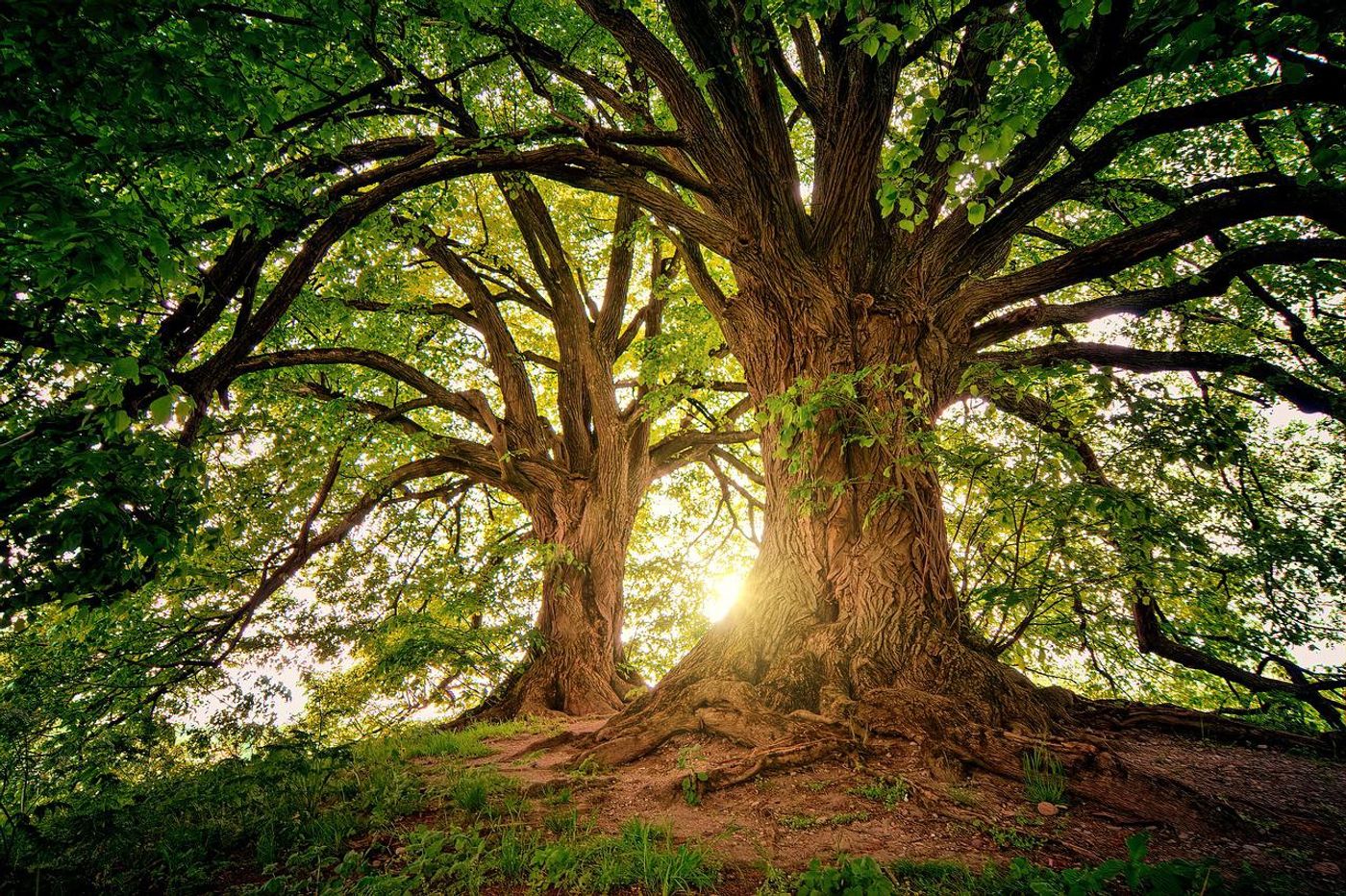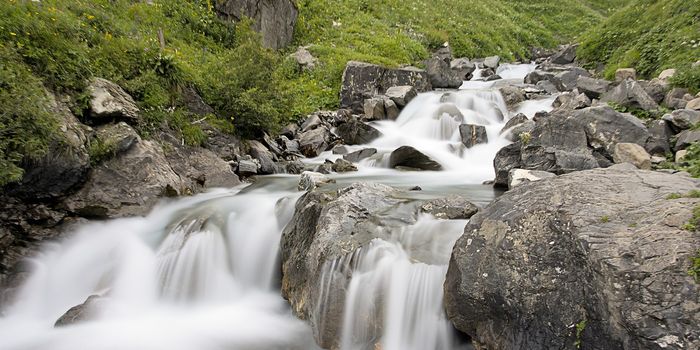Even near-term climate change effects could massively impact northernmost forests
In a recent study published in Nature, a team of researchers from the University of Minnesota (U-M) conducted a five-year investigation into growth responses in North American tree species due to moderate temperature increases (+1.6 °C or +3.1 °C above ambient temperature) to demonstrate the effects of even a small amount of climate change on forestry. Their findings concluded that even just these small temperature changes could potentially lead to “adverse impacts on the health, diversity and ecosystem services of regional forests”.
"Our results spell problems for the health and diversity of future regional forests," said U-M forest ecologist Peter Reich, who is also director of the Institute for Global Change Biology at the University of Michigan's School for Environment and Sustainability, and lead author of the study. "Present-day southern boreal forest may reach a tipping point with even modest climate warming, resulting in a major compositional shift with potential adverse impacts on the health and diversity of regional forests. Those impacts could reduce the capacity of our forests to produce timber, to host other plant, microbial and animal diversity, to dampen flooding, and -- perhaps most important of all -- to scrub carbon out of the air and hold it in wood and soil."
While scientists hypothesize that mid- to high-latitude plants could experience both positive and negative effects of climate change in the 21st-century, some locations, specifically in the far north, could experience an increase in tree growth due to longer seasons when moisture is more abundant. However, the opposite is hypothesized for warmer and drier locations, and studies have shown both trends are already occurring.
This new study fills in previous knowledge gaps regarding soil moisture conditions since these types of studies have been rare due to size limitations, as well as the scope and duration of such studies.
"In the experiment, we are subjecting forest plots to temperatures that we won't see for another 40 or 50 or 60 years to understand what those oncoming temperatures will do," Reich said.
The study examined more than 4,500 seedlings of nine native tree species and the researchers discovered that warming alone, or when combined with decreased rainfall, increased the mortality rate of all nine species at younger ages while severely reducing growth in several northern conifer species. The nine tree species were balsam fir, white spruce, jack pine, white pine, red maple, sugar maple, paper birch, bur oak, and red oak.
"That new state is, at best, likely to be a more impoverished version of our current forest," Reich said. "At worst, it could include high levels of invasive woody shrubs, which are already common at the temperate-boreal border and are moving north quickly."
Sources: Nature
As always, keep doing science & keep looking up!









